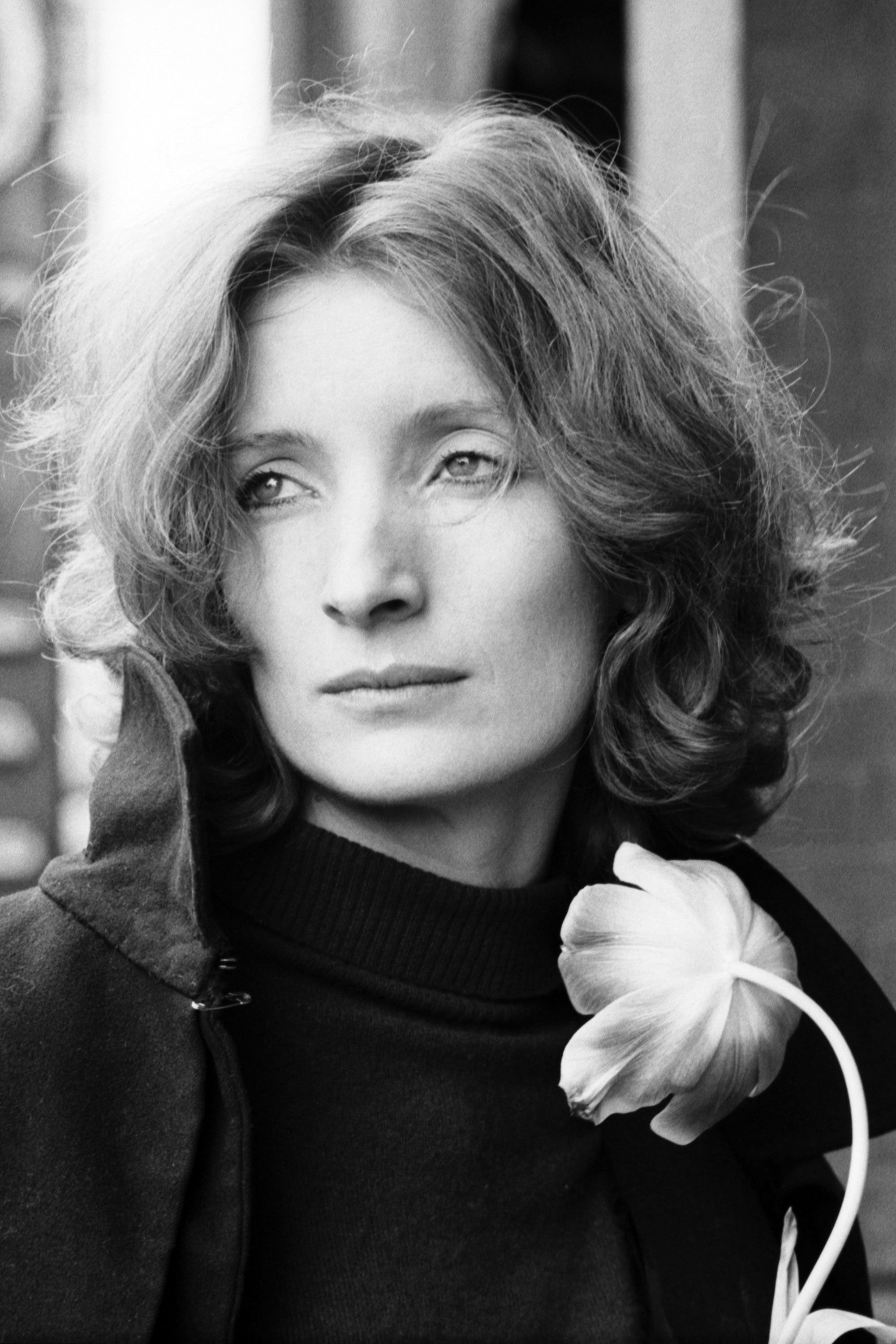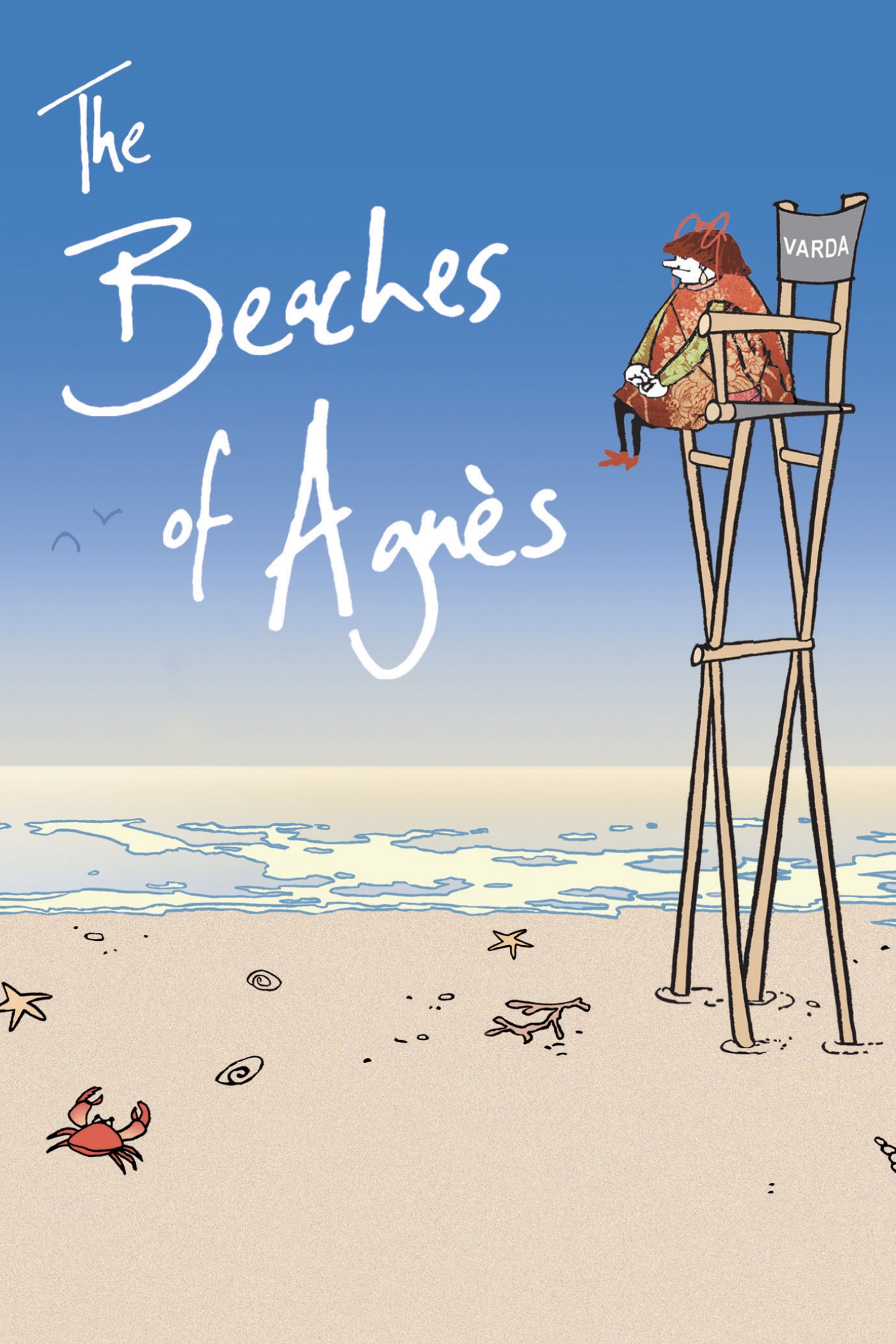

Viva, born Janet Susan Mary Hoffmann, is an American actress, writer and a former Warhol superstar.

Reviewing home videos, filmmaker Paula Gaitán constructs a curious narrative...

Filmmaking icon Agnès Varda, the award-winning director regarded by many...